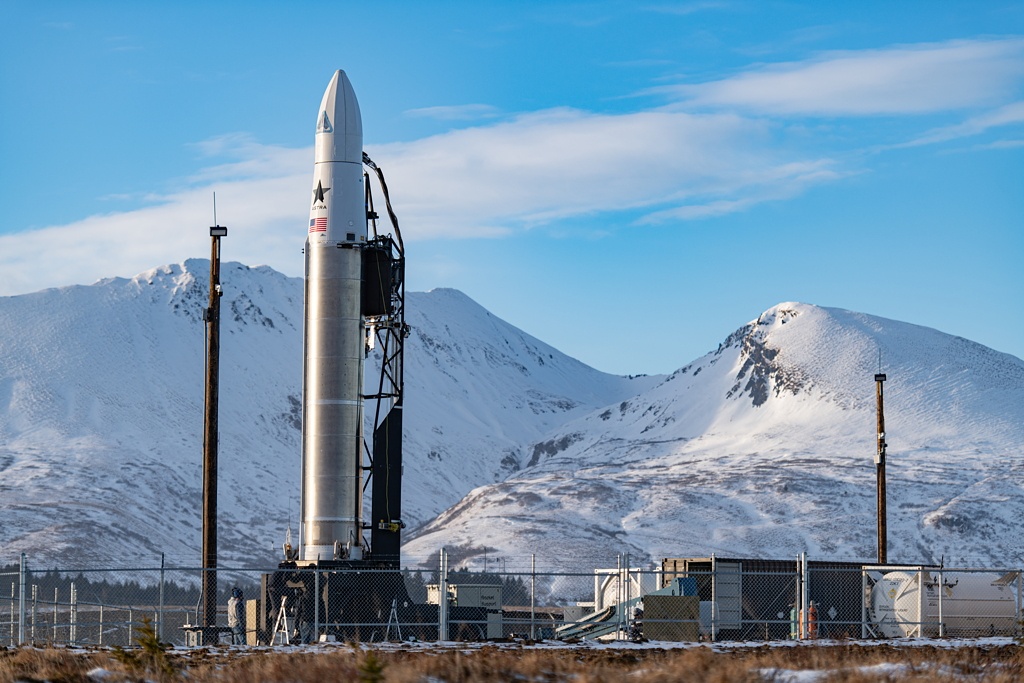An unspecified number of small satellites were launched into space by Astra small satellite launcher after a successful liftoff from Alaska on Tuesday, clearing the way for NASA to carry out three more launches at Cape Canaveral in the coming months.
Astra’s mission
Payloads from three customers were launched on the first of a multi-launch deal with Spaceflight, which is a launch service provider As an example, the NearSpace Launch EyeStar-S4 experimented with intersatellite communications while attached to the second stage of the rocket. The Portland State Aerospace Society’s OreSat0 CubeSat served as the second payload. Neither Astra nor Spaceflight have identified the third payload or customer.
According to Space Watch, tt was Astra’s second attempt to send CubeSats into space that failed in February, with four NASA and university satellites on board. In the second stage, a thrust vector control system software bug was discovered, along with an electrical design fault with the payload fairing.
The liftoff of Astra’s Rocket 3.3 launcher
the 43-foot towering Rocket 3.3 launched from Kodiak Island’s Pacific Spaceport Complex at 12:22 p.m. on Tuesday Due to lightning concerns at the spaceport, Astra decided to cancel Monday’s launch attempt.
As reported by Space Flight Now, it took nearly three minutes for the rocket’s five kerosene-fueled Delphin engines to direct the launcher away from Kodiak Island. To accelerate into orbit, the second stage detached from its payload fairing and ignited its Aether engine for about six minutes.
Within 10 minutes of liftoff, Astra officials confirmed that the rocket had entered orbit; however, they did not declare success until the CubeSats were in communication with ground workers. There is good news to report from the payloads of Astra customers, according to Chris Kemp, the company’s co-founder, and CEO.
“The payloads have started to communicate with ground stations. Our customers are calling us and indicating that their satellites are alive. They’re talking, which means they’ve been successfully deployed,” Kemp added, as quoted in the report.
Read More:
NASA to Roll out Lunar Mission Artemis I, Expected to Be the World’s Most Powerful Rocket











Leave a Reply